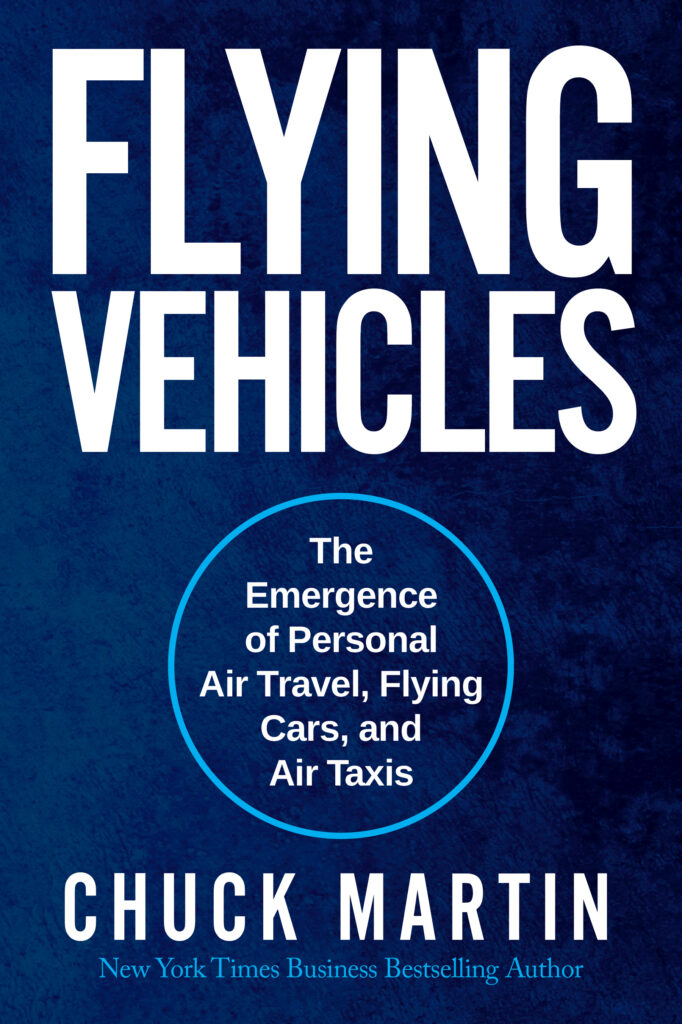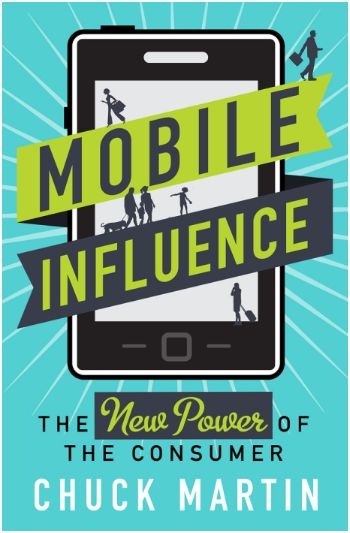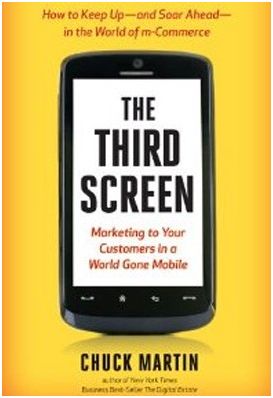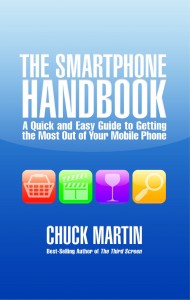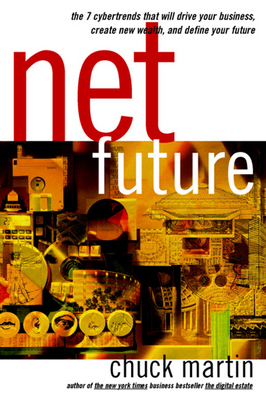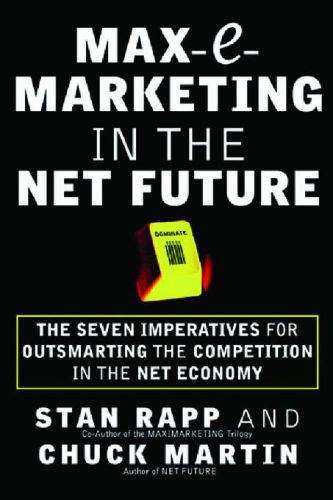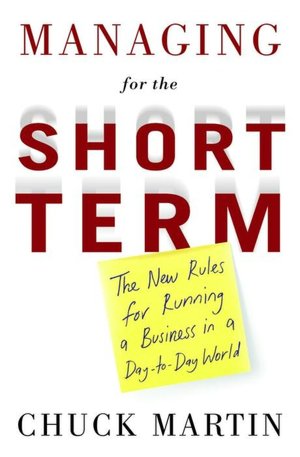 By Chuck Martin
By Chuck Martin
Having a bit of time to kill while traveling through London’s Heathrow Airport yesterday, I stumbled across what might be an interesting lesson for mobile payment aficionados.
Many frequent international travelers likely have either seen or been through one of WHSmith’s 600+ stores at airports, train stations and motorways.
The store I visited at Heathrow yesterday had a traditional checkout lane, with an understandably long line in the popular shopping location, but checkout was dominated by about a half dozen self-checkout devices.
People were repeatedly told to go to self-checkout where the one overseer was available to assist any of the many bewildered self-checkout travelers.
It was somewhat painful to watch, as countless, befuddled travelers from around the world fumbled to find and scan barcodes on packaging and then pay with credit card or, heaven forbid, with the wrong currency.
The self-checkout approach is no-doubt business efficient, transferring the chore of scanning, paying and bagging along to the shopper. And the concept is hardly new, with self-checkout available at many supermarkets since forever ago.
The difference here is that shoppers were essentially ‘forced’ to self-scanning and checkout or face a much longer wait. In fairness, the checkout monitor was quickly available to help shoppers navigate their way through the system.
It strikes me that this may be where some mobile payment programs are heading, to whether mobile payments will be taught (forced) or learned.
There are many examples of companies attempting to facilitate rather than force mobile commerce.
For example, Panera Bread is rolling out new mobile features allowing consumers to order remotely and pick up food at a pre-determined time without waiting in line.
Another feature allows eat-in customers to place their order while inside the restaurant and have the food delivered to their table.
The key here is that the business is facilitating rather than forcing diners to use mobile commerce. Anyone who doesn’t want to can stick with the traditional and tried-and-true model of waiting in line, ordering, dealing with restaurant staff and paying with cash or credit card.
The restaurant is not causing pain to force customers into mobile commerce.
Not everyone will immediately adopt mobile payments or other aspects of commerce, preferring to stick with what they’re used to or comfortable with.
But the smart businesses will facilitate it so that those who want to can.


